Q&A: Using predictions to assess large diameter water main risk

Learn how predictive modeling can assess large-diameter water main risks, even with limited break history. Discover how BlueConduit’s data-driven approach helps prioritize maintenance and reduce costly failures.
Meet the team: Charley Shamaly

Charley is BlueConduit’s VP of Engineering. Get to know Charley through this quick Q&A.
Why predictive analytics is the future of water main risk management

Forward looking water main management is critical for water utilities. With responsibilities that include water safety, water loss, keeping customer rates low, and minimizing public disruption, utility leaders have their hands full. A comprehensive, efficient approach to understanding the state of their buried water infrastructure and addressing risks before they become big problems is critical. […]
Goshen, Indiana: Using statistical methods to classify unknown service lines as non-lead

Goshen is a city of 35,000 people in northern Indiana. It has been a city-owned and operated water utility since the 1830s with roughly 12,000 service lines. They chose to use predictive modeling to reduce service lines of unknown material in their system after exhausting their pre-existing identification methods, including records review, home age analysis, […]
Artificial intelligence accelerates lead pipe removal in U.S. cities
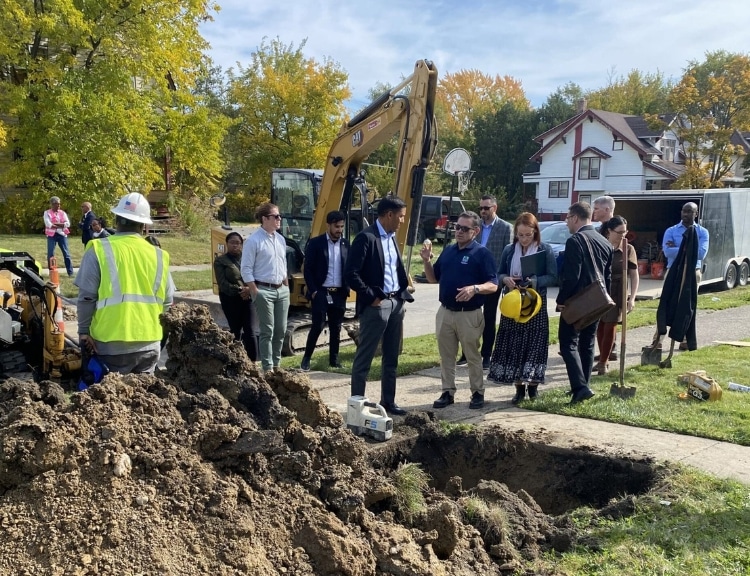
This article was originally published on The Rockefeller Foundation website. Imagine sitting down at your dinner and being asked: “Tap water with lead, or bottled?” It’s not a question anyone wants to hear, but this remains the reality for over nine million households in America still serviced by water main pipes made of lead that connect to […]
BlueConduit announces Charley Shamaly as VP of Engineering

December 19, 2024, Ann Arbor, Mich. – BlueConduit is pleased to announce the addition of Charley Shamaly, Vice President of Engineering, to its leadership team. Shamaly’s addition brings more than 20 years of software engineering and leadership experience to BlueConduit and accelerates the company’s ability to develop AI and predictive modeling technology for water systems […]
Lead out: water systems nationwide miss crucial deadline to identify their lead pipes
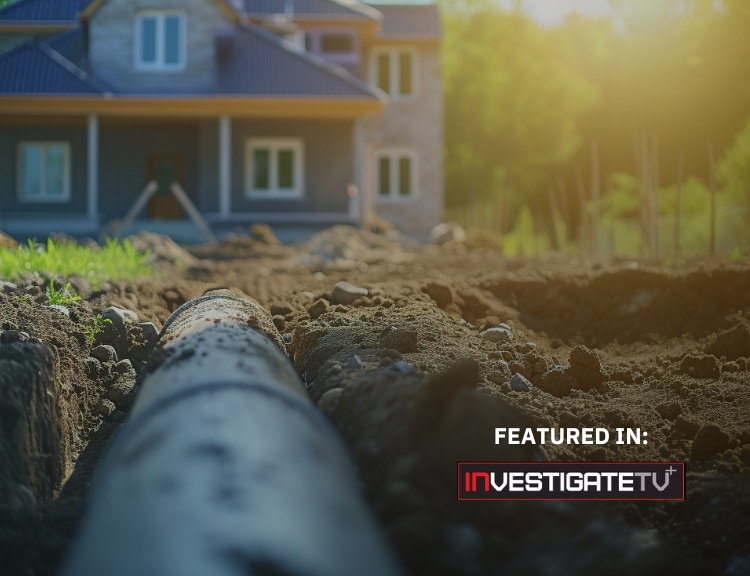
We’re excited to share that BlueConduit was recently featured in InvestigateTV for our work in using predictive modeling to locate and replace lead service lines across the U.S. Below is a snippet from the article. Read the full post here. Futuristic solutions to a century-old problem Despite the numerous challenges surrounding lead service line replacements, […]
Team voices: why we’re proud to work at BlueConduit

The end of the year always makes us reflect on what we’ve accomplished and what we’re grateful for. At BlueConduit, we’re incredibly grateful for our wonderful customers, partners, and team members. Take a look at what they’re most grateful for at the end of 2024. “I’m thankful for our customers’ eagerness to dive into model […]
2024 in review: what our partners appreciate most about BlueConduit

The end of the year always makes us reflect on what we’ve accomplished and what we’re grateful for. At BlueConduit, we’re incredibly grateful for our wonderful customers, partners, and team members. Take a look at what they’re most grateful for at the end of 2024. “I am grateful for the help BlueConduit provided to [Des […]
Using predictive modeling for proactive water main planning in Mobile, AL
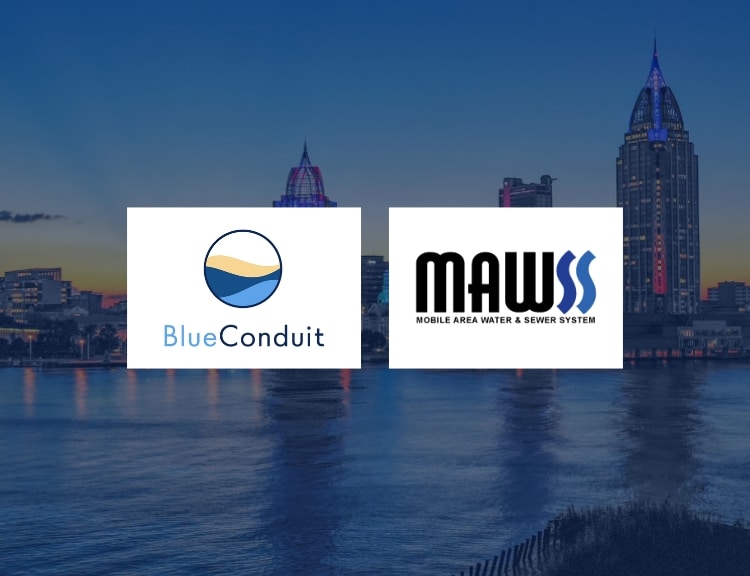
Mobile Area Water and Sewer System (MAWSS) provides water and wastewater services to over 100,000 customers in Mobile, Alabama and surrounding areas. On average, MAWSS delivers 41 million gallons of clean water per day through 1,605 miles of water mains. MAWSS’ drinking water is sourced from nearby Big Creek Lake. Roughly 50% of the water […]
[Webinar] Enhancing water main condition assessments with predictive modeling
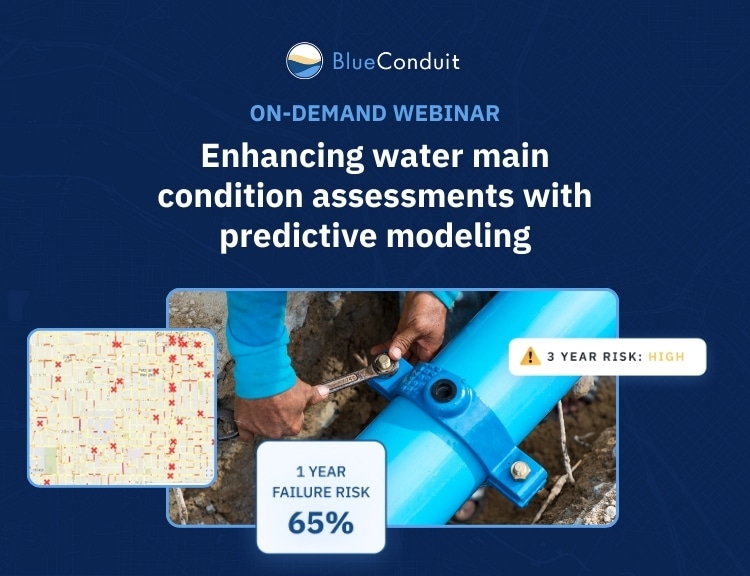
ON-DEMAND WEBINAR Assessing risk is critical for water main condition assessment and the transition from reactive to proactive water main management. In this webinar, you’ll learn how the AWWA’s M77 Condition Assessment manual addresses risk and predictive modeling. BlueConduit experts will explore how predictive modeling can provide the most accurate, complete view of water main […]
Unknown management for no and low lead: by the numbers
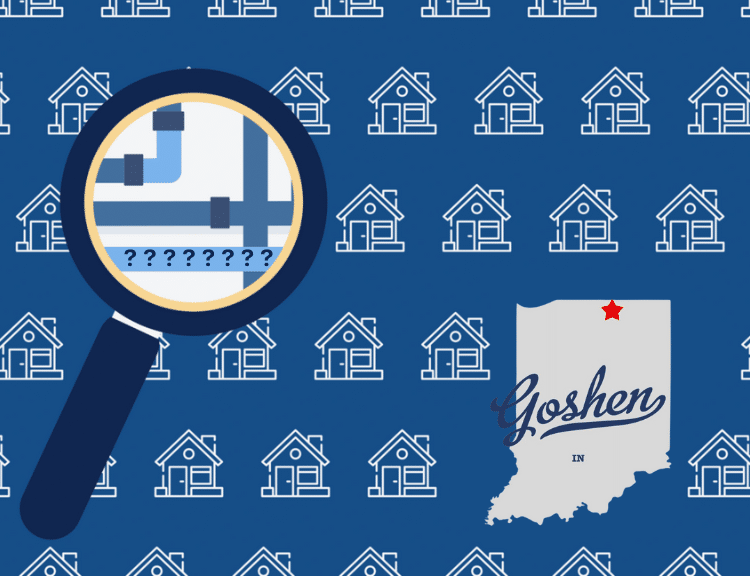
Water systems with historically low or no levels of lead may think they’re in the clear when it comes to LCRI compliance – after all, they don’t have many (or any) pipes to replace. But if there are any lines of unknown material, they must be presumed lead until classified otherwise.
How do I prioritize reclassifying the unknowns in my system?
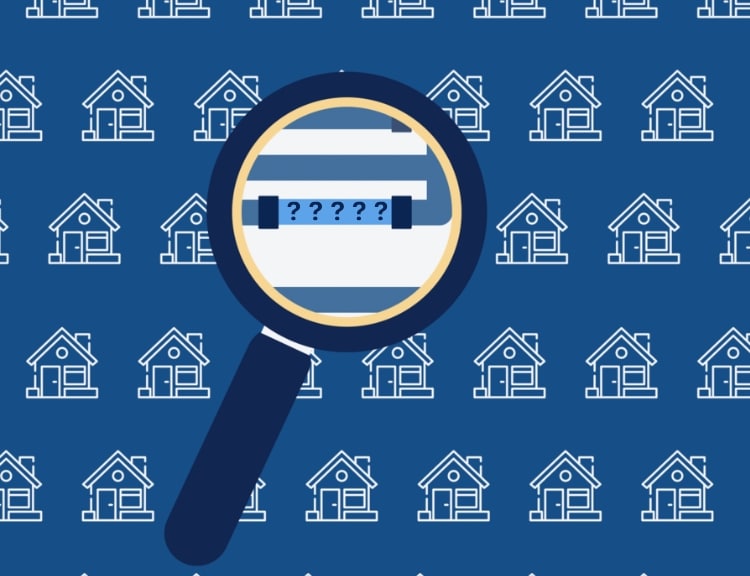
Editor’s note: BlueConduit recently hosted a webinar around LCRI compliance and managing service lines of unknown material. In this series, we detail some of the questions we received. How do I start classifying the unknowns in my system? Your initial inventory has been submitted, and you’ve found you have a high volume of service lines […]
If you have service lines that were determined to be non-lead using statistical analysis, do you still have to pothole them?
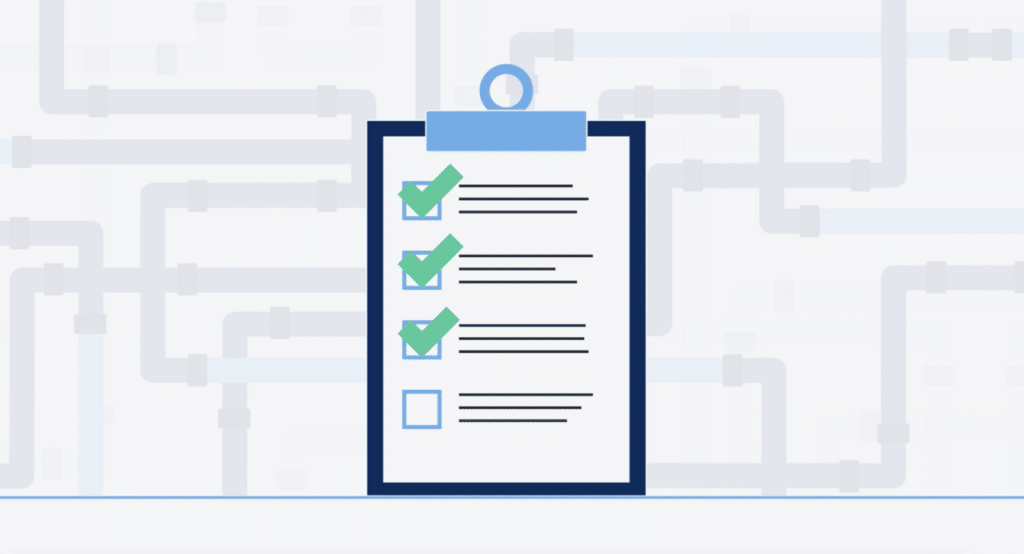
Editor’s note: BlueConduit recently hosted a webinar around LCRI compliance and managing service lines of unknown material. In this series, we detail some of the questions we received. We had this question from our webinar: If you have service lines that were determined to be non-lead using statistical analysis, do you still have to pothole […]
[Infographic] Weighted model, weighted model with regression, or predictive modeling for water mains: how do they stack up?
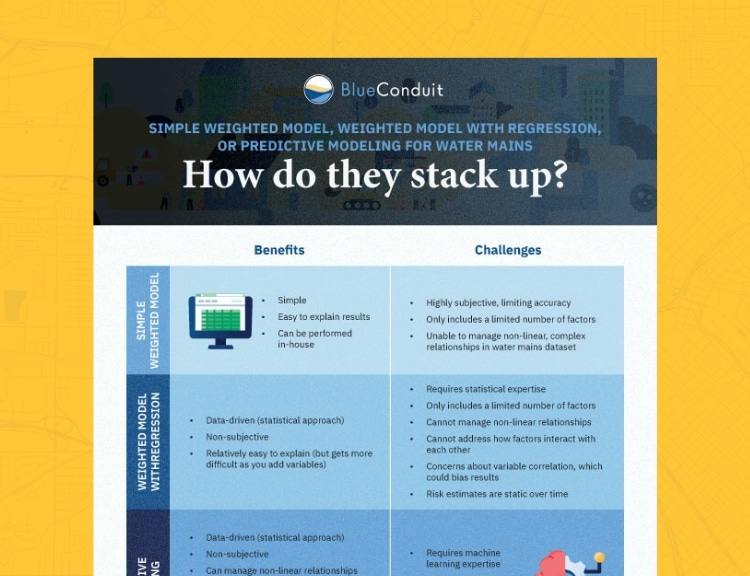
Explore how simple weighted models, regression-enhanced models, and predictive modeling compare for assessing water mains. Dive into their strengths and challenges in maintaining infrastructure reliability.
[Infographic] LCRI requirements: LSL/GRR replacement plans
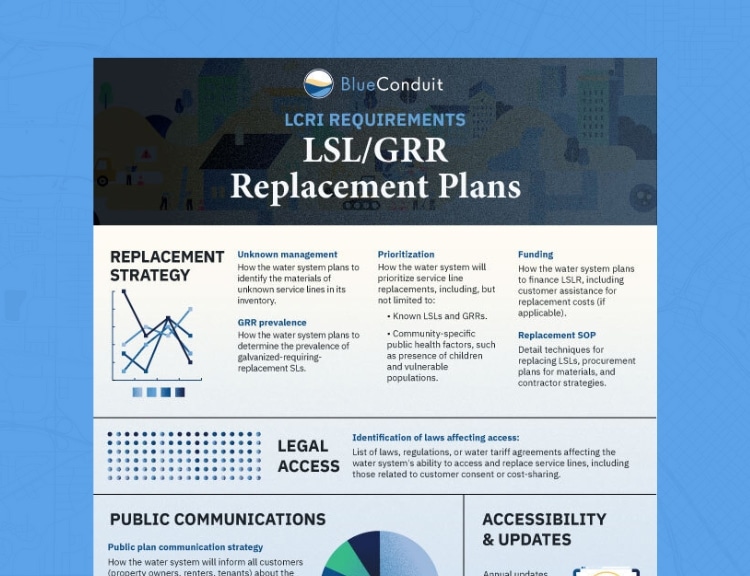
Learn the essentials of LCRI compliance! Discover how to create effective lead service line (LSL) replacement and galvanized requiring replacement (GRR) plans, ensuring safe drinking water and regulatory success.
[Infographic] The path to LCRI compliance: what you need to know

There are many paths to LCRI compliance for water systems. In this infographic, we break down the path to LCRI compliance for all water systems, including those with no or low lead. Learn more below!
The City of Bloomington utilities releases water service line inventory

This article was originally published on The City of Bloomington website. The City of Bloomington Utilities (CBU) has released a water service line inventory in accordance with the Environmental Protection Agency (EPA) and Indiana Department of Environmental Management (IDEM) guidelines for the updated Lead & Copper Rule. The service line inventory is available through 120Water, […]
[Infographic] Ready to identify and replace all LSLs?
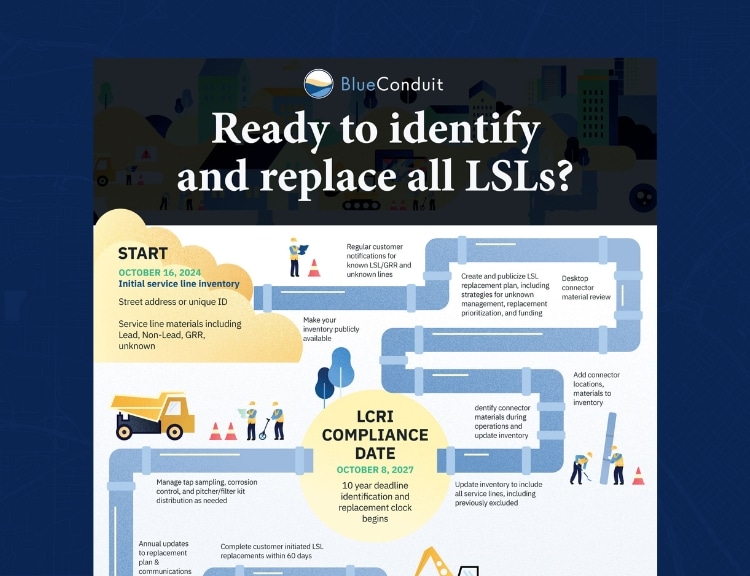
In this infographic, we break down the steps needed to fully replace all LSLs/GRRs. Wherever you are in your journey, from initial service line inventory to fully replaced service lines by 2037, we’ve got you covered. View the infographic below!
What the LCRI says about unknown management

With the Lead and Copper Rule Improvements (LCRI) released on Oct. 8, water systems have updated requirements for managing service lines with unknown materials. In this blog post, we’ll break down those requirements. Let’s first define what an unknown service line is. In the initial inventory submission due in October 2024, water systems were allowed […]
[Webinar] What’s next: LCRI compliance and unknown management for water systems
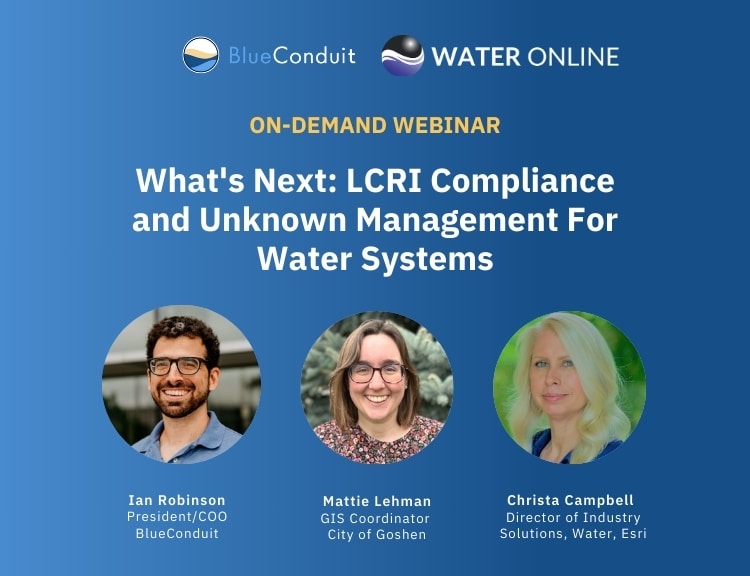
ON-DEMAND WEBINAR The EPA’s October 16 deadline has passed. Now what? Water systems across the country, whether they have lead, no lead, or are still unsure are starting to ask “what’s next?” as they try to navigate new LCRI compliance requirements, unknown management, lead/GRR replacement planning, and more. In this webinar, we’ll break down what […]
Weighted model, regression, or machine learning for water mains: how do they stack up?
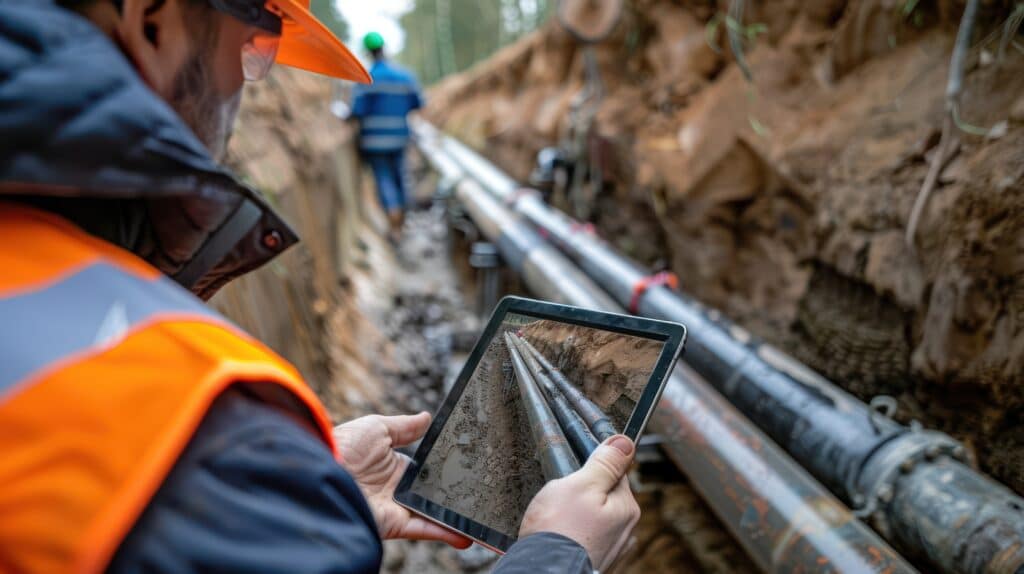
The American Water Works Association’s M77 manual “Condition Assessment of Water Mains” defines risk as: Risk = (Likelihood of failure) * (Consequence of failure) For a likelihood of failure (LoF) analysis, the manual recommends using a weighted model. The manual also notes that predictive modeling, which we define as machine learning models, can be used to […]
Predictive modeling for water main condition assessments: M77 manual guidance
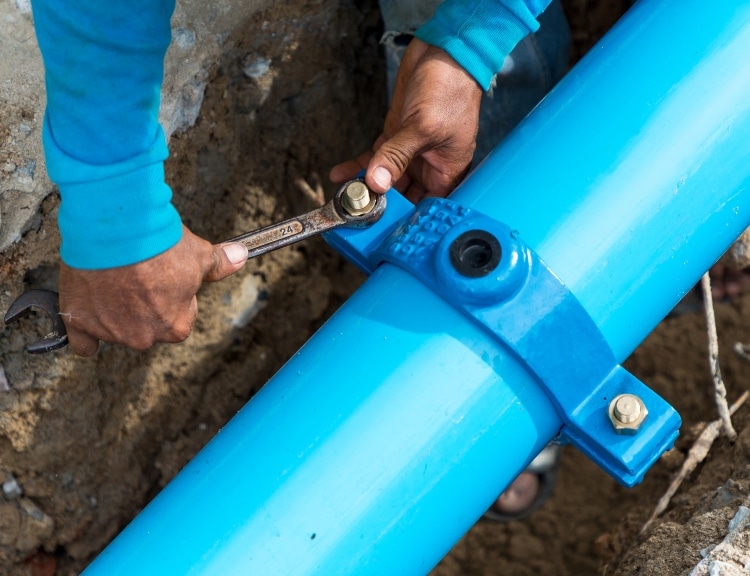
Let’s face it: reactive water infrastructure management isn’t working. By waiting for water mains to break before taking action, utilities risk high, unanticipated costs, public disruption, safety concerns, and loss of community trust. So, what does it look like to move from reactive to proactive when it comes to water main management? Proactive water main […]
New Orleans S&WB issues plan to replace lead pipes across the city
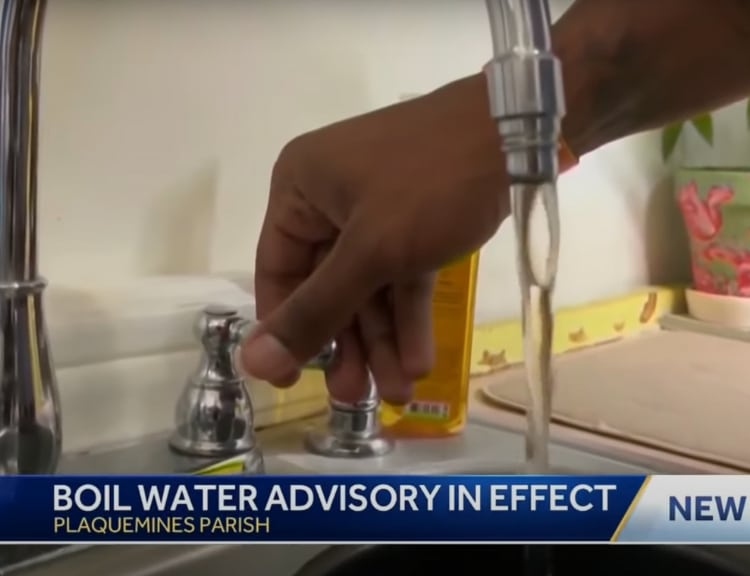
This article was originally published on WDSU 6 News. NEW ORLEANS — The New Orleans Sewerage and Water Board announced that the utility is on track to begin replacing lead pipes ahead of a deadline set by the Environmental Protection Agency. The S&WB and BlueConduit launched the city’s first water service line material inventory. You […]
S&WB to begin extensive lead pipe removal program. Up first: schools and daycare centers
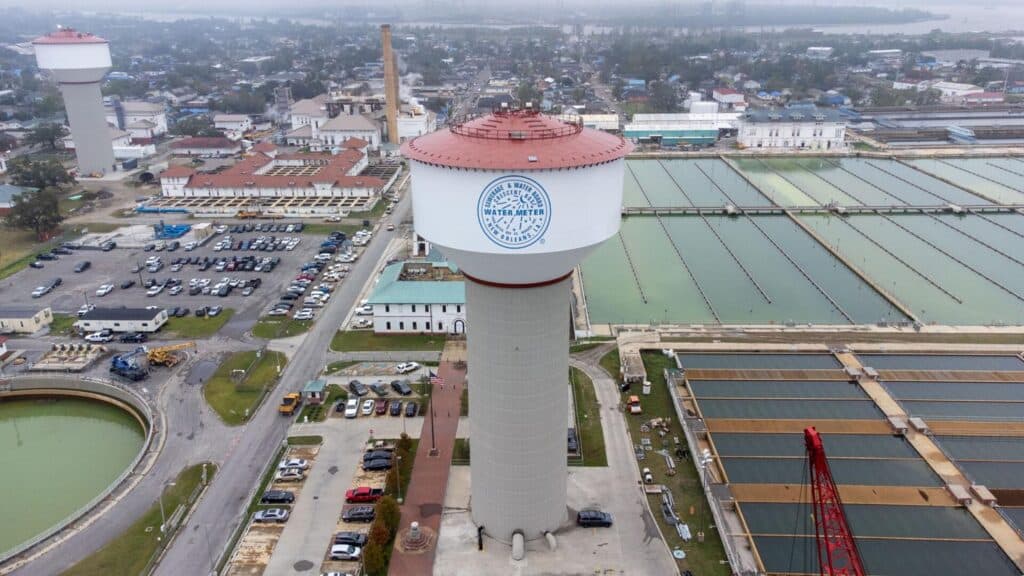
This article was originally published on NOLA.com. As the first step in a 10-year plan to rid New Orleans of toxic lead pipes, the Sewerage & Water Board said Thursday it will begin removing as many as 300 water lines leading to schools and day care centers that are made of lead or galvanized steel […]
A quick guide to LCRI compliance
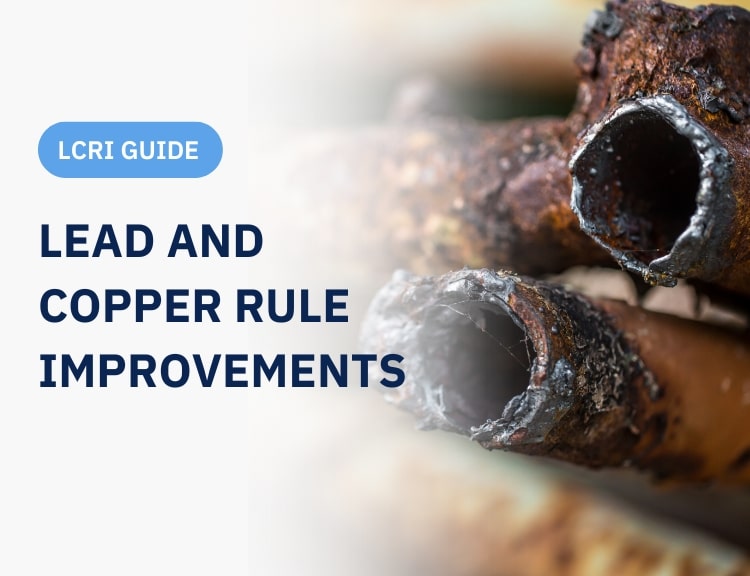
The EPA released the long-anticipated Lead and Copper Rule Improvements (LCRI) on Oct. 8. This new guidance provides more specific requirements for water systems as it relates to water testing, unknown management and lead line replacements. Below, we give a quick breakdown of the new rule in several key areas: What’s the difference between the […]
How increased precipitation impacts water main breaks (and how predictive modeling can help)
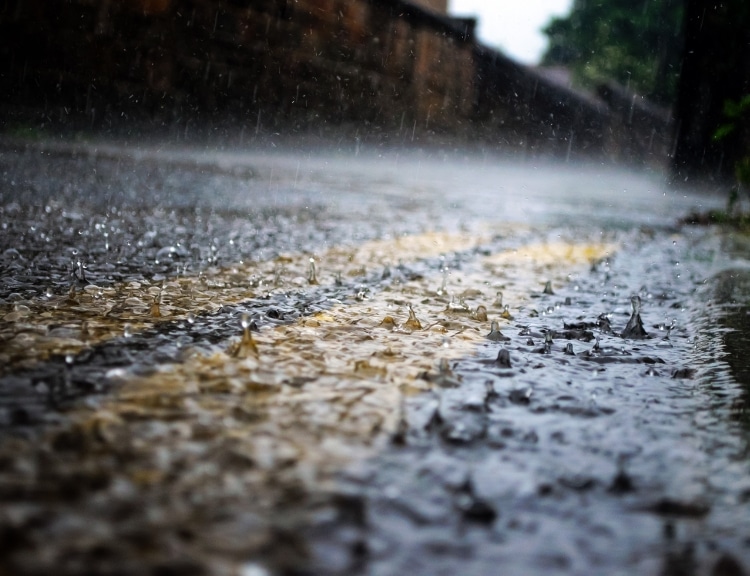
With communities across North Carolina, Florida, and Georgia still reeling and cleaning up from the recent Hurricane Helene, alongside shifting hurricane patterns and intensity in the past several seasons, we’ve been thinking a lot about heavy rain and changing weather patterns. While factors like pipe age, material, and soil conditions are commonly understood to impact […]
LSL replacement strategy: 7 questions to jumpstart the LSL replacement planning process

With the arrival of the EPA’s Oct 16 deadline for initial Service Line Inventories and the release of the new Lead and Copper Rule Improvements (LCRI), water systems are now required to create a replacement plan for their lead service lines (LSLs) and galvanized-requiring-replacement (GRR) lines. LSL/GRR replacement is a daunting, expensive, yearslong project for […]
Lead and Copper Rule Improvements (LCRI): a shift to mandatory service line replacement within 10 years
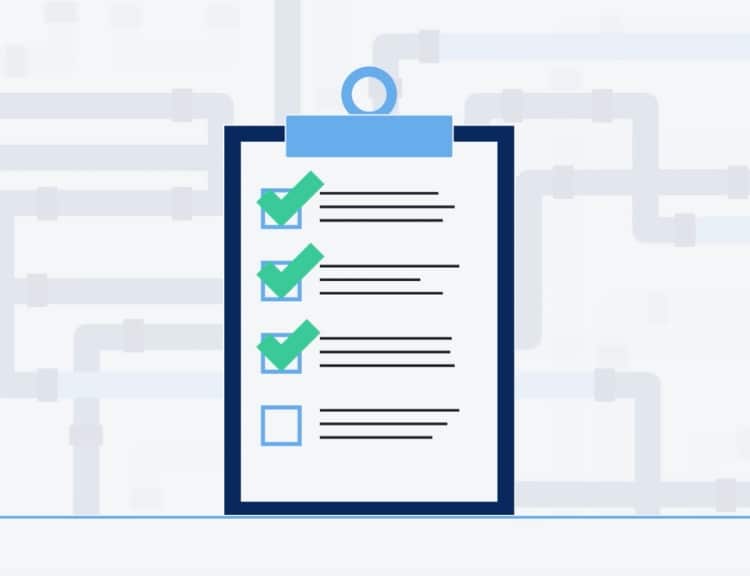
On October 8, 2024, the EPA released the new Lead and Copper Rule Improvements (LCRI). The LCRI is anchored on President Biden’s commitment to “replace every lead pipe in the country within 10 years.” The LCRI introduces a host of new compliance requirements related to lead service line (LSL) replacements, unknown management, tap sampling, and […]
Why LeadOut Map matters now
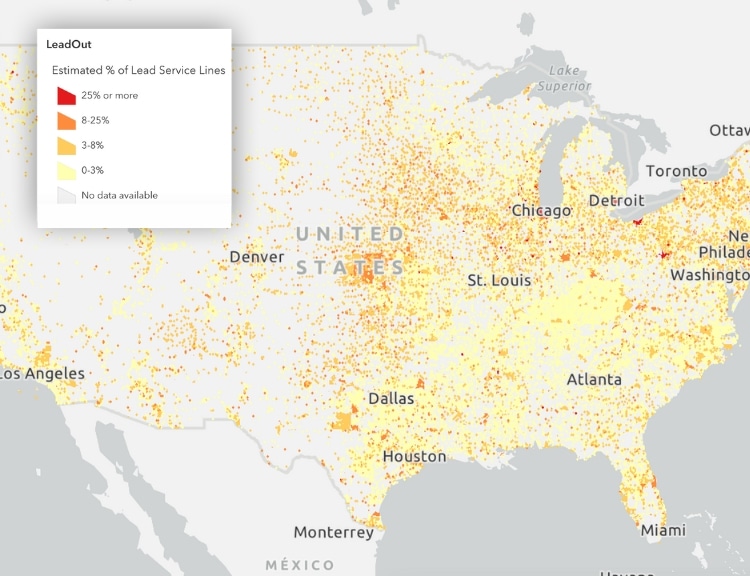
BlueConduit recently launched LeadOut Map, the first and only educational tool that provides the most complete picture of lead in drinking water, including predictions of where lead pipes may lie. With the launch of LeadOut, we’re taking a moment to reflect on BlueConduit’s history – how a group of data scientists became experts at, and […]

